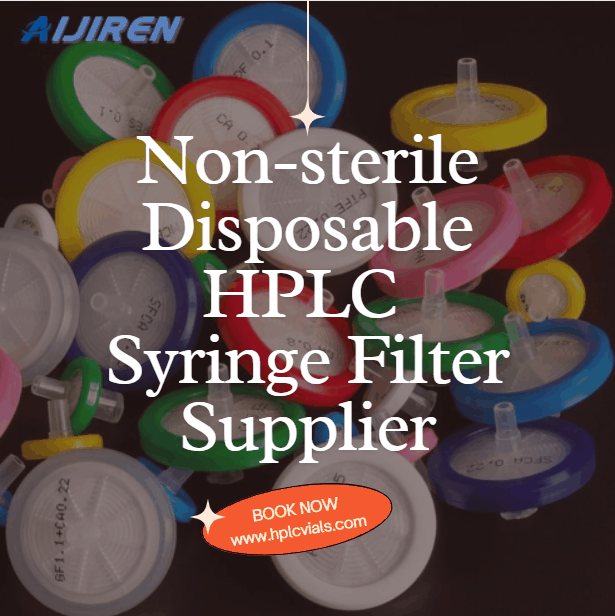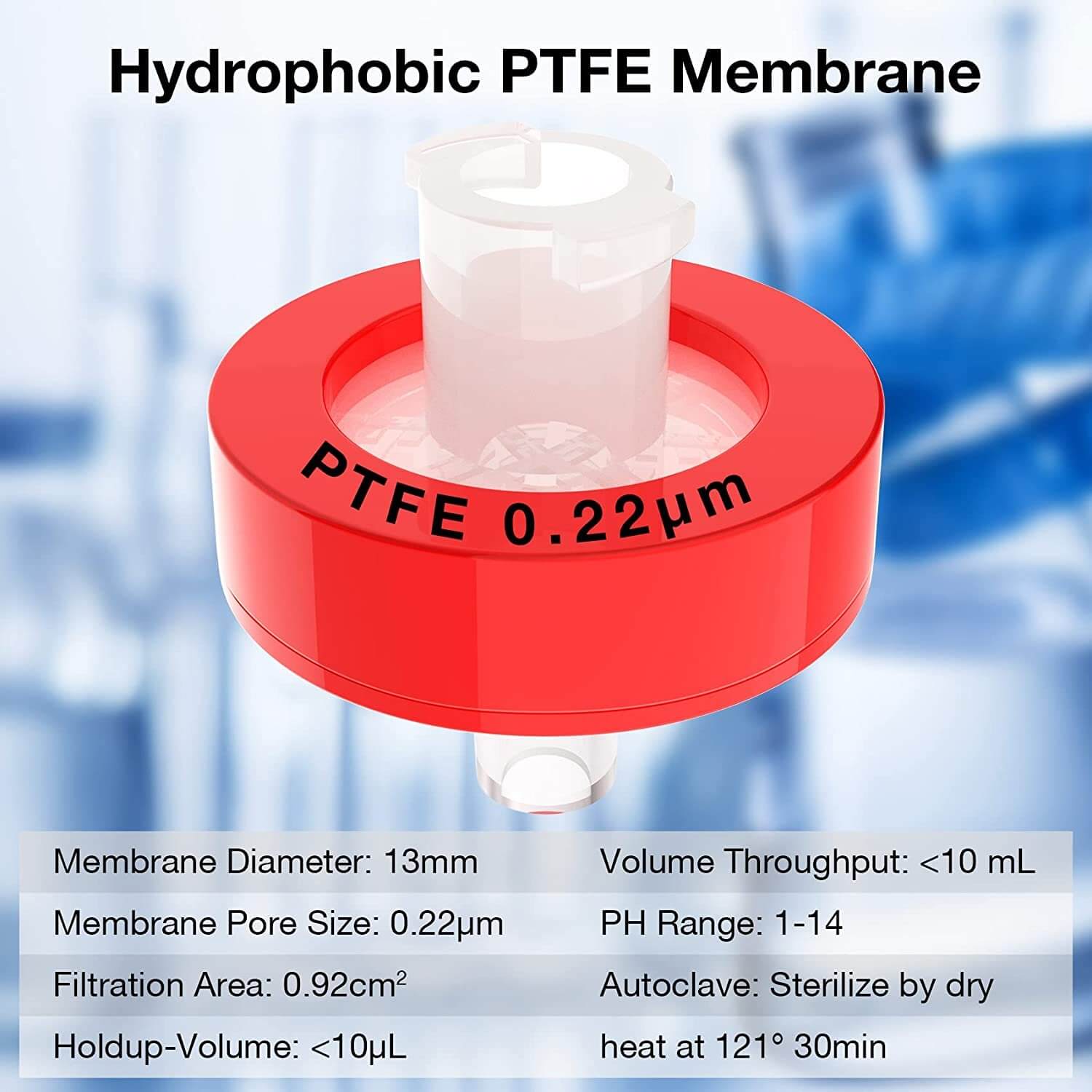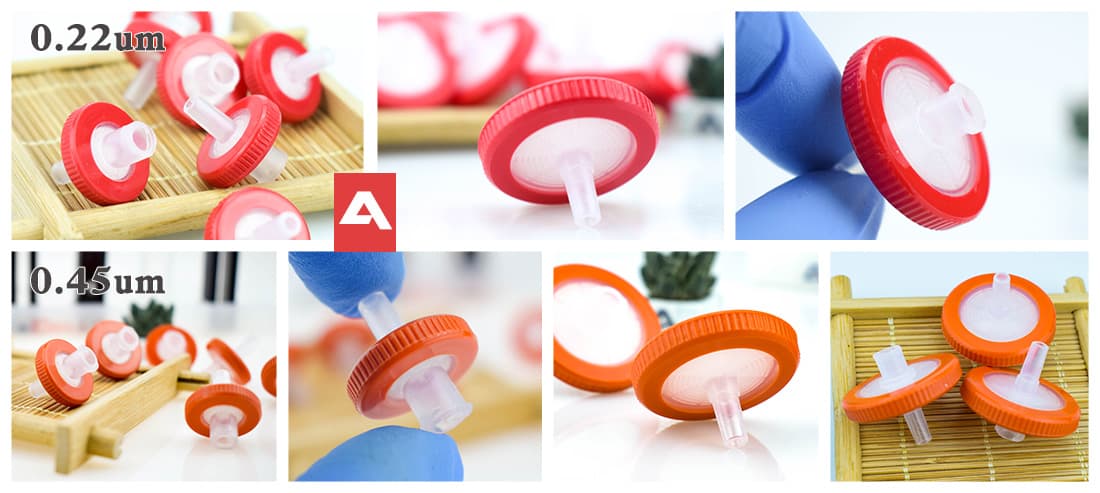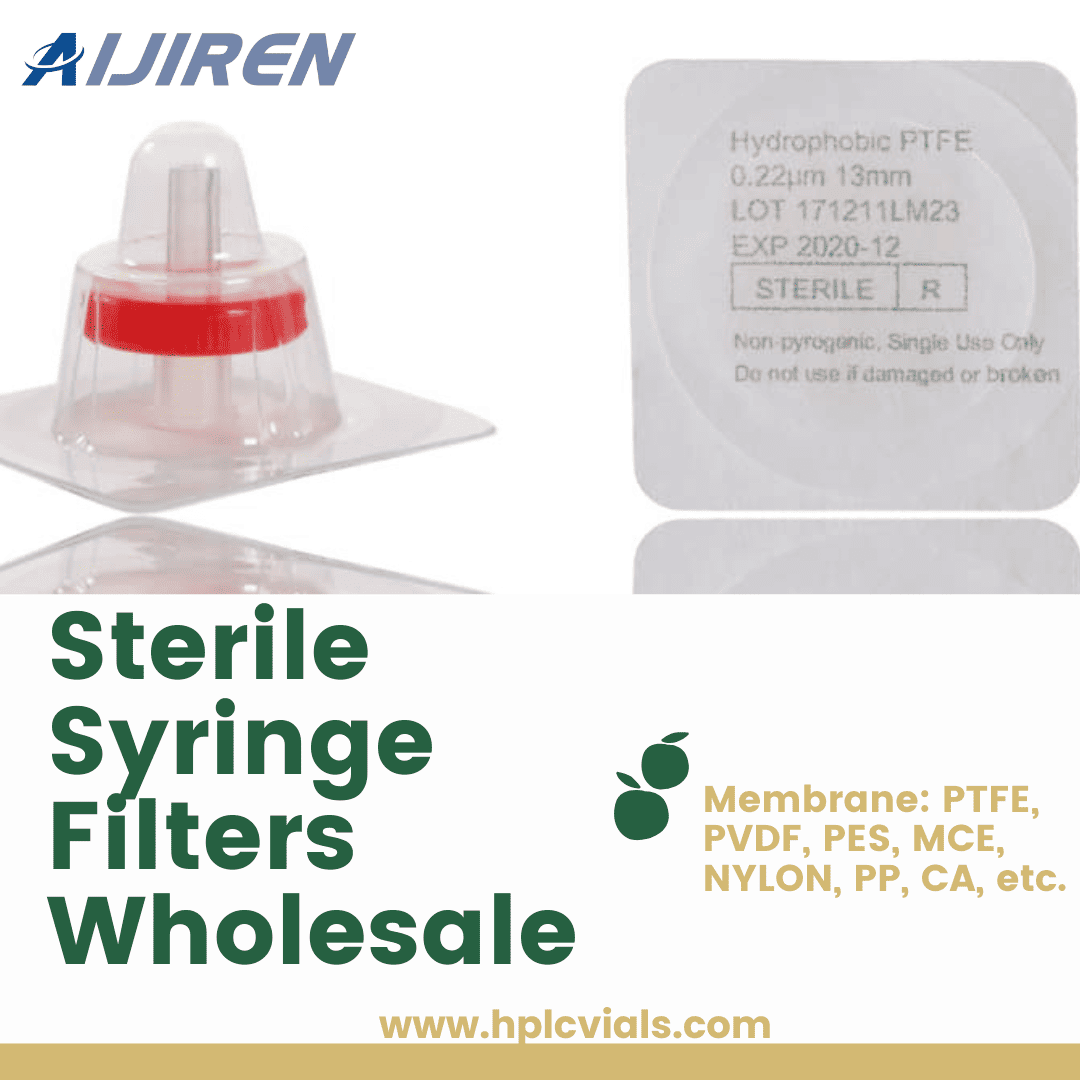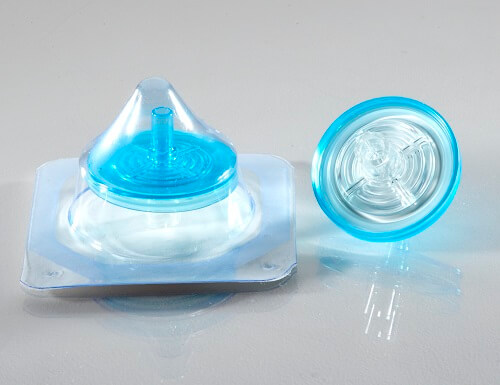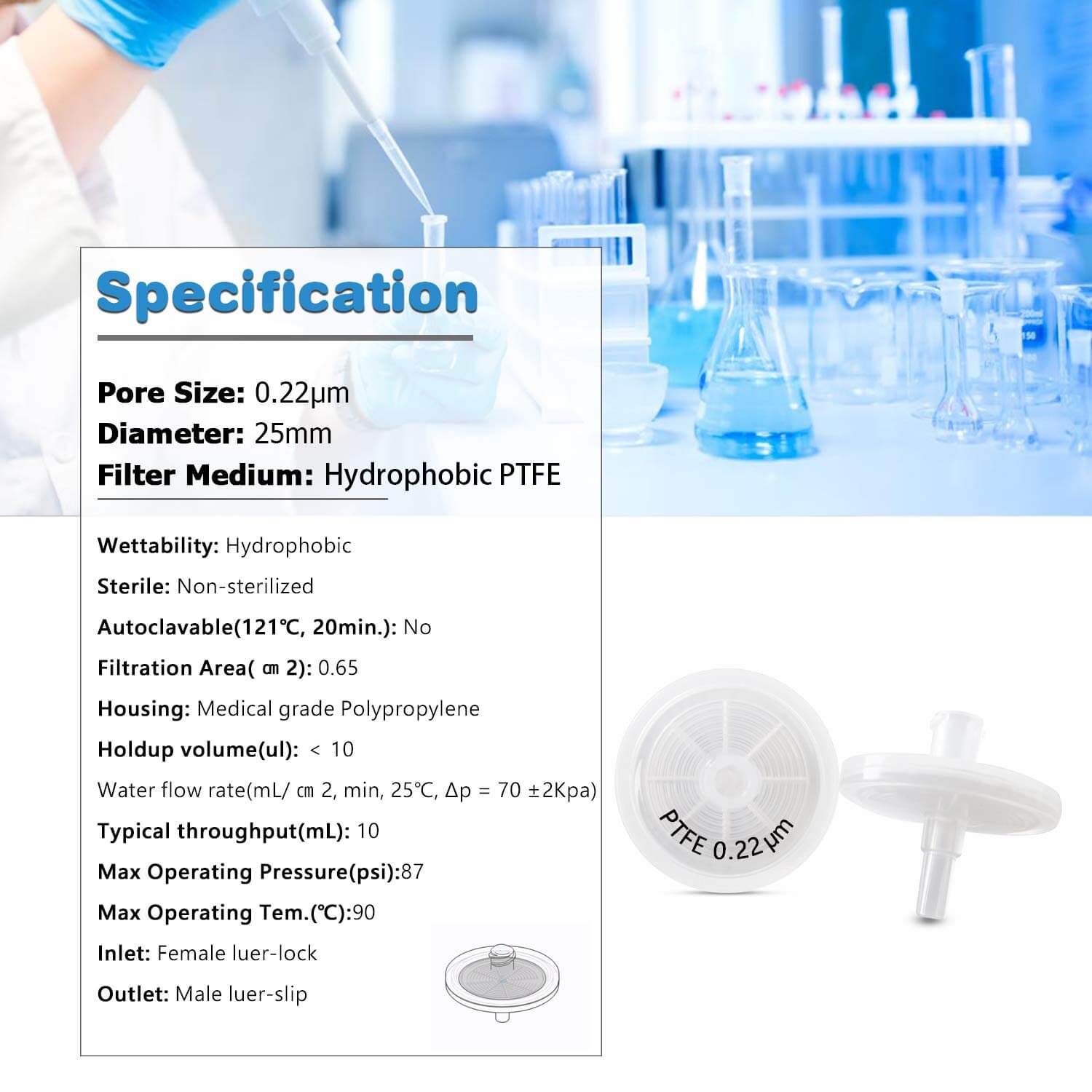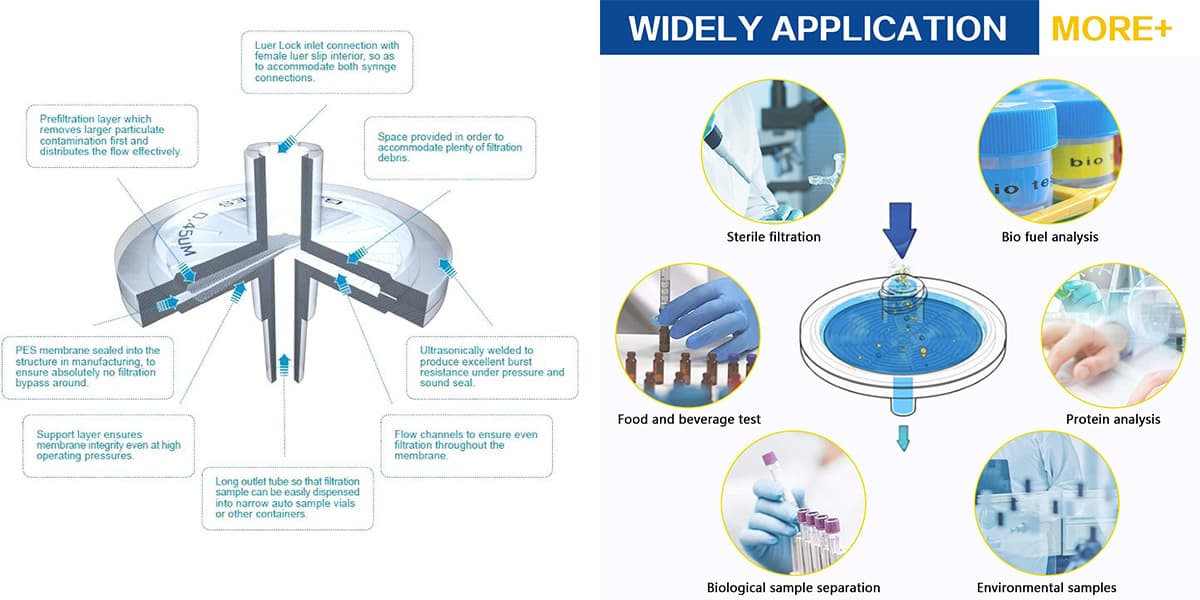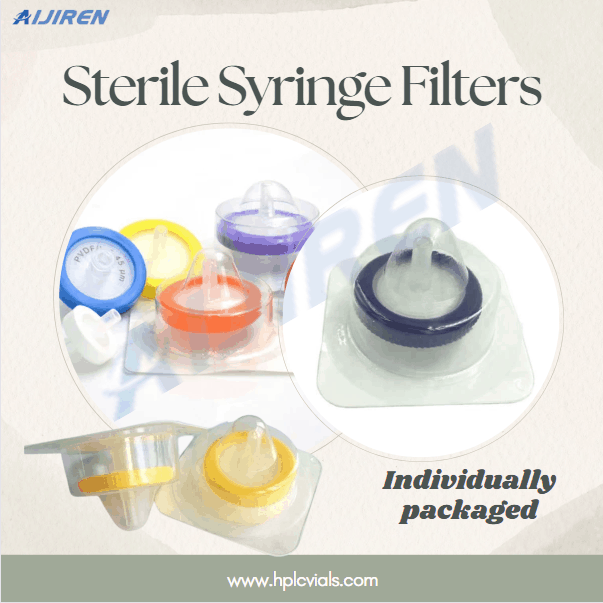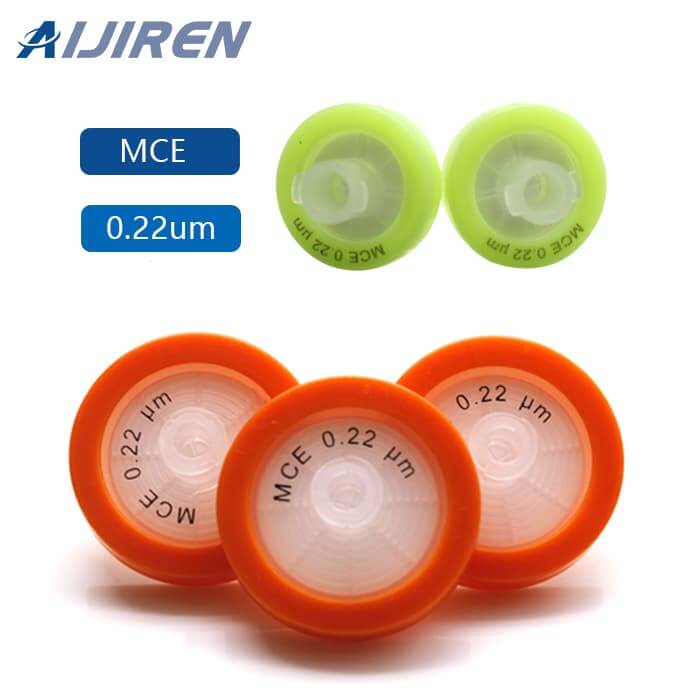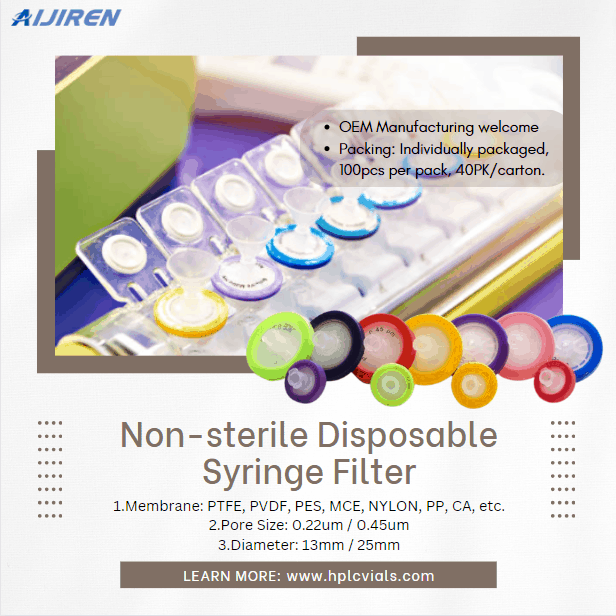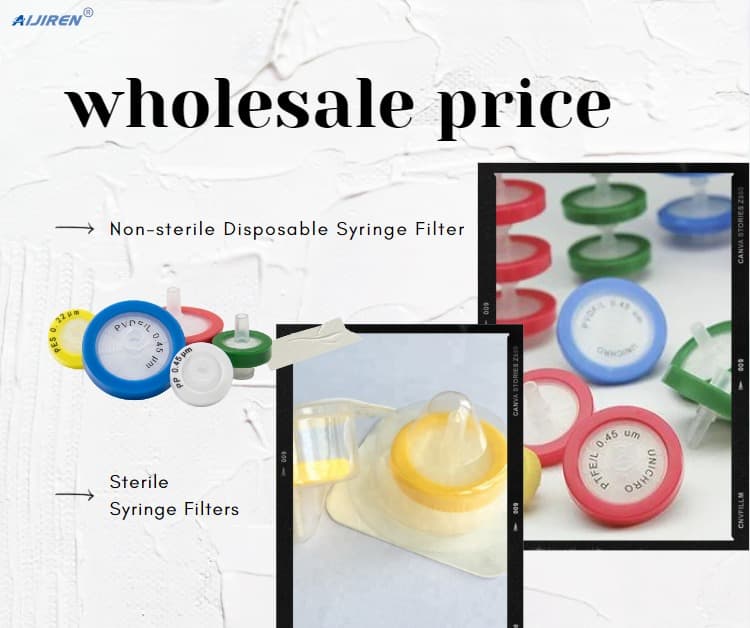How to Avoid Filter Breakthrough in Syringe Filters?
In analytical laboratories, syringe filters are essential for ensuring sample integrity by removing particulates before analysis. However, filter breakthrough—where particles pass through the filter—can compromise results and damage sensitive instruments. Here are key strategies to prevent this issue:
In analytical laboratories, syringe filters are essential for ensuring sample integrity by removing particulates before analysis. However, filter breakthrough—where particles pass through the filter—can compromise results and damage sensitive instruments. Here are key strategies to prevent this issue:
1️⃣ Choose the Right Filter Material
Selecting the appropriate filter material is crucial. For example, hydrophilic polytetrafluoroethylene (PTFE) filters offer high particle retention efficiency, often achieving 98-100% retention for various particulates. In contrast, regenerated cellulose (RC) filters may only retain about 48% of particles, leading to significant breakthrough. Always consider the compatibility of the filter material with your sample and solvent.
2️⃣ Opt for the Correct Pore Size
The pore size of the syringe filter should match the requirements of your application. For HPLC applications, a 0.45 µm filter is generally sufficient, but for columns packed with smaller particles (e.g., UHPLC), a 0.2 µm filter is recommended. Using a filter with a pore size that is too large can lead to increased breakthrough.
3️⃣ Monitor Sample Volume and Concentration
Be mindful of the sample volume and concentration of particulates. High concentrations can quickly clog the filter, leading to increased pressure and potential breakthrough. If dealing with highly particulate solutions, consider pre-filtering to reduce the load on the syringe filter.
4️⃣ Regularly Replace Filters
Frequent use of syringe filters can lead to performance degradation. Regularly replacing filters, especially when processing high volumes or particularly dirty samples, can help maintain filtration efficiency and prevent breakthrough.
Conclusion
By choosing the right filter material and pore size, monitoring sample characteristics, and replacing filters as needed, you can significantly reduce the risk of filter breakthrough. This will not only protect your analytical instruments but also ensure the accuracy and reliability of your results.





